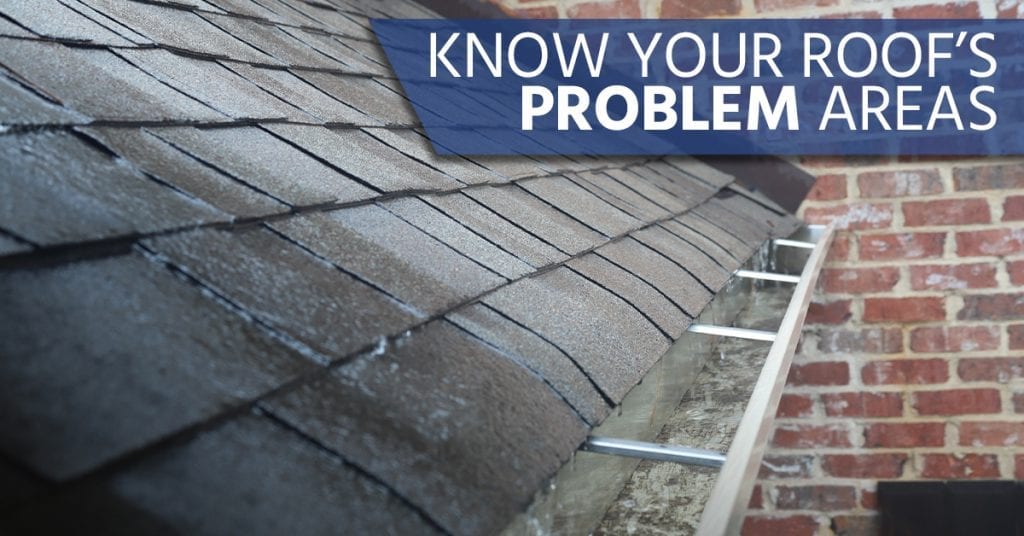
The first thing you need to know when it comes to your roof’s problem areas is that you should regularly check these areas for issues. Doing this routinely can keep a small headache from turning into a huge pain in the neck. Get more information on self-inspection and hiring a professional for a roofing inspection. Before you start to put reminders on your calendar and map out your inspection routines, here are common things to look for and know with your roof’s problem areas.
Shingles
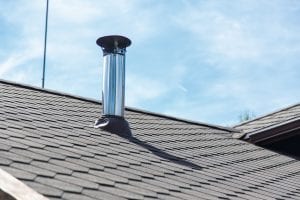
Shingles aren’t necessarily a common problem area, but they are one the easiest areas to notice a deeper problem somewhere in your roofing system. For instance, if you see shingles starting to curl or buckle, this could mean there’s moisture being trapped in your home’s attic. The trapped air rises and heats the underlayer of the shingles, therefore causing them to curl or buckle. This also provides entryways for potential leaks on your roof, so you’ll want to make sure to replace any shingles showing signs of this, along with figuring out the problem in the attic below.
A lot of asphalt shingles have small ‘granules’ on them. These are used for absorbing UV radiation and protecting your home from other environmental elements. Inspect any ‘bald areas’ on your roof and keep an eye out for any granules that have fallen off, because when these granules start to fall off it can be a sign that there are other parts of the roof that you can’t see that are worn.
If you notice broken or cracked shingles, but don’t think it’s from curling or buckling, this could mean your roof isn’t properly prepared for shrinking and splitting throughout the year. Shrinking occurs as the weather gets colder and our homes contract. This also includes the roofing system and shingles. If you haven’t already guessed, splitting occurs as the weather warms up and our homes and roofing systems begin to expand. If your roof isn’t properly handling the shrinking and splitting happening, broken or loose shingles will often be the first sign.
Flashing
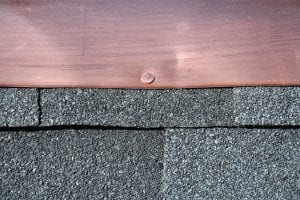
Flashing is most commonly a strip of metal used to protect your roof and home from water getting in. Flashing can most commonly be found around chimneys and vents on your roof but is used on all joints and intersections on your roof. It is important to check your flashing for any rust spots or potential cracks, as these can become entryways for water to get into your roofing system. You’ll also want to keep an eye on the amount of sealant around the flashing or check if there’s any sealant debris in the area, as this is often ‘step 1’ for rust issues or cracks to begin in the flashing.
Gutters
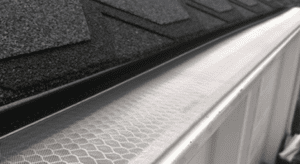 From grandparents and parents, to the in-laws and the neighbors – we’ve all been warned about regularly cleaning out the gutters. Gutters play a key role in your roofing system and in keeping your home free from water damage. Not only should you be cleaning them out at least twice a year to prevent them from getting clogged, but you should also be cleaning them out at least twice a year because water can start to pool around your home’s foundation and cause substantial damage if gutters become clogged. Just in case you missed the main point from that last sentence, YOU SHOULD BE CLEANING OUT YOUR GUTTERS TWICE A YEAR AT MINIMUM 😁
From grandparents and parents, to the in-laws and the neighbors – we’ve all been warned about regularly cleaning out the gutters. Gutters play a key role in your roofing system and in keeping your home free from water damage. Not only should you be cleaning them out at least twice a year to prevent them from getting clogged, but you should also be cleaning them out at least twice a year because water can start to pool around your home’s foundation and cause substantial damage if gutters become clogged. Just in case you missed the main point from that last sentence, YOU SHOULD BE CLEANING OUT YOUR GUTTERS TWICE A YEAR AT MINIMUM 😁
>>>Get more helpful tips on fixing gutter problems and some gutter maintenance to keep in mind<<<
Standing Water
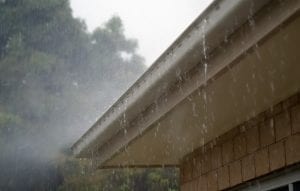 If you have any lower hanging areas or divots in your roof, it’s important to make sure water isn’t pooling in them. If you notice water pooling in or around these areas, there is likely issues below the surface you can’t see, and you’ll want to have them repaired as soon as possible. Moisture will eventually seep into your home from the standing water on your roof if nothing is done to address it. This can also accelerate the formation of Ice Dams on your roof in the winter months if not addressed properly.
If you have any lower hanging areas or divots in your roof, it’s important to make sure water isn’t pooling in them. If you notice water pooling in or around these areas, there is likely issues below the surface you can’t see, and you’ll want to have them repaired as soon as possible. Moisture will eventually seep into your home from the standing water on your roof if nothing is done to address it. This can also accelerate the formation of Ice Dams on your roof in the winter months if not addressed properly.